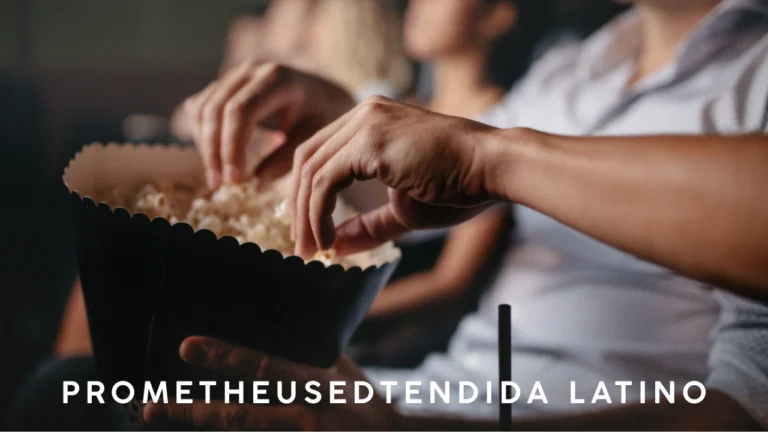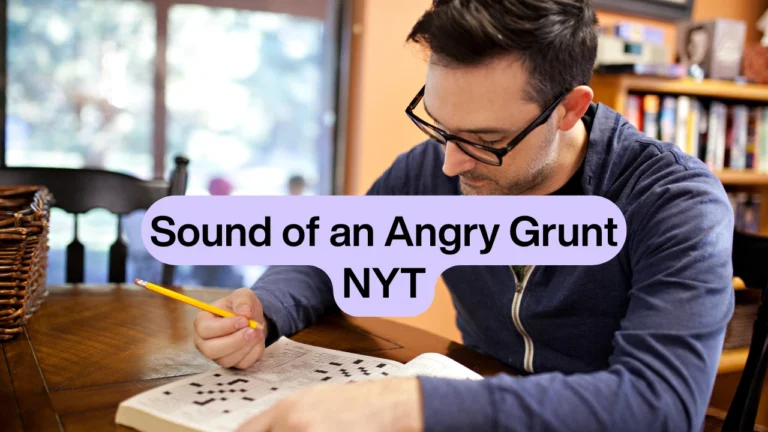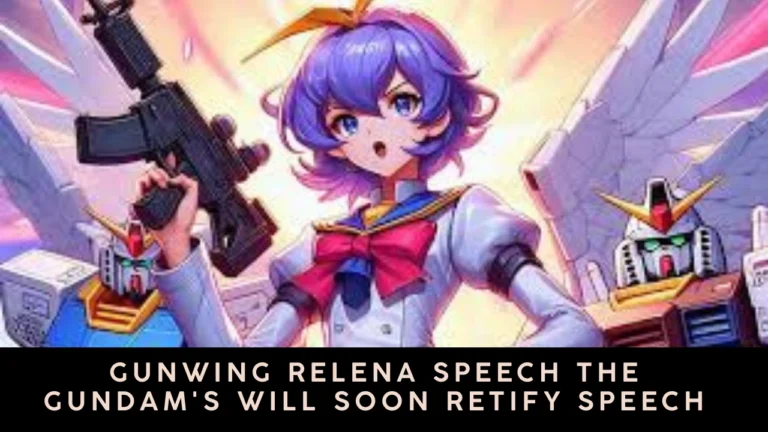Patausche Kivua Art: Tradition Meets Modernity
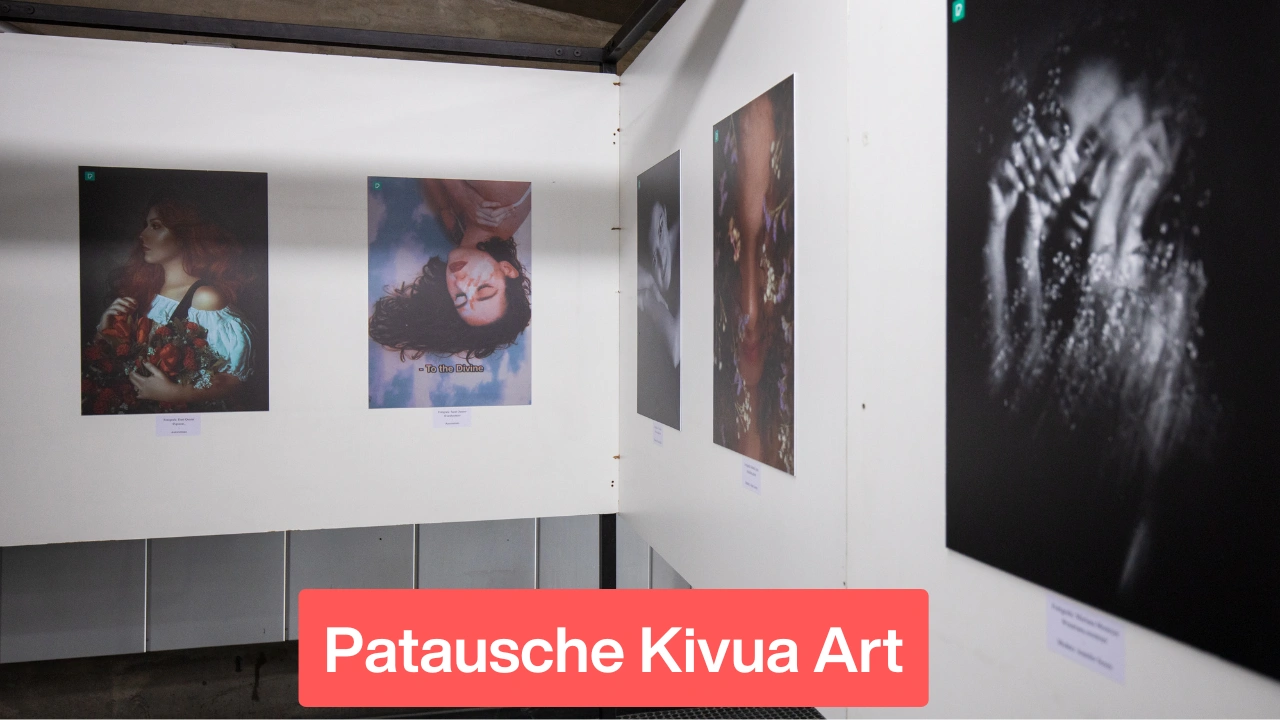
Patausche Kivua Art is a captivating form of visual storytelling that reflects the cultural heritage, mythologies, and deep-rooted values of indigenous communities. This art style intertwines traditional elements with contemporary touches, making it both a form of cultural preservation and an evolving canvas that appeals to modern audiences. With bold colors, intricate designs, and symbolic patterns, It provides a glimpse into a world where each piece is rich with meaning and history.
What is Patausche Kivua Art?
The origins of Patausche Kivua Art are deeply embedded in indigenous communities, where art is not merely decorative but a crucial part of storytelling and cultural expression. The term itself derives from the ancestral language, and each artwork serves as a narrative of heritage, resilience, and the community’s collective identity. Passed down through generations, these pieces use vibrant, natural pigments and materials, staying true to the original techniques of the community’s artisans.
In its early days, Patausche Kivua Art focused heavily on depicting stories of heroes, mythical journeys, and historical events. These were often illustrated through symbolic motifs, intricate patterns, and the use of colors that held significant meanings. For example, earthy tones might symbolize a connection to nature, while brighter colors represent vitality, joy, or spiritual energy.
Traditional Techniques and Materials in Patausche Kivua Art
The traditional crafting techniques of Patausche Kivua Art are as meaningful as the artwork itself. Artists traditionally source natural pigments from the environment around them, such as minerals, plants, and animal-based dyes, which give the art a rich, textured look. Canvas for these artworks may vary, but many artists prefer using natural fibers or handmade paper, which are more durable and add to the authenticity of each piece.
The creation process involves not only painting but also various texturing techniques that make each piece unique. Traditional artists may use tools like handmade brushes, sticks, or even their fingers to apply pigment, creating a sense of connection between the creator and the piece. This hands-on method adds depth and dimension to Patausche Kivua Art, making each work a tangible link to the artist’s heritage.
Evolution of Patausche Kivua Art in the Modern World
With changing times, The art has evolved significantly, incorporating elements from contemporary art forms. Many artists today experiment with digital tools, new color schemes, and alternative materials to expand their creative possibilities. This shift does not detract from the traditional values but rather enriches the art, allowing it to reach a broader audience. Modern artists often blend traditional themes with urban or abstract designs, creating a fusion that resonates with people both within and outside the community.
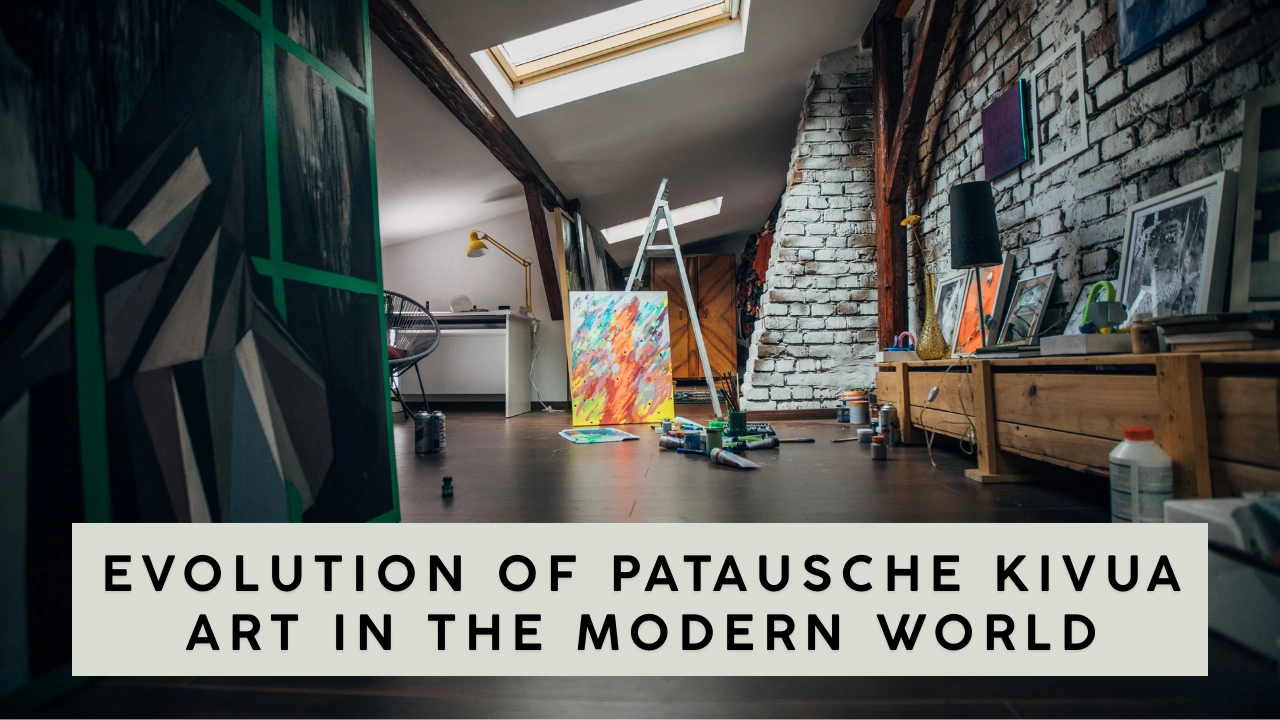
Today, some Patausche Kivua pieces may include digital media, making them more accessible to younger generations and those unfamiliar with the art form. Digital adaptations of the Kivua Art allow artists to present their work on online platforms, broadening the reach and appreciation of this cultural treasure.
Symbolism and Themes in Patausche Kivua Art
One of the most striking aspects of Patausche Kivua Art is its use of symbolism to convey profound messages. Each motif, pattern, and color used in these artworks has a specific meaning. For instance, a recurring pattern might represent unity, resilience, or the community’s journey through history. These themes are often depicted in cyclical or repeating patterns, symbolizing the continuity of life and the passage of time.
Heroic themes are also common in Patausche Kivua Art, portraying figures from mythology or history who embody courage, wisdom, or strength. These heroes are typically shown engaging with forces of nature or battling symbolic foes, representing the inner struggles that individuals face. By illustrating these timeless themes, It speaks to universal experiences, making it relatable across cultures.
| Element | Symbolism | Example in Artwork |
|---|---|---|
| Colors | Each color has a specific cultural meaning | Earth tones = nature connection |
| Patterns | Represents unity or history | Circular patterns for continuity |
| Heroic Figures | Depicts courage or wisdom | Warriors or mythical beings |
| Natural Elements | Connection to environment | Plants, animals in art |
Cultural Significance of Patausche Kivua Art
The cultural significance of Patausche Kivua Art lies in its ability to bridge the past and present. For many communities, this art form is not just a visual spectacle but a means of preserving stories and traditions. Each piece of art carries the legacy of ancestors, serving as a reminder of the community’s history, values, and beliefs. It instills identity and pride in younger generations, helping them understand their place in cultural continuity.
For viewers from outside these communities, It serves as a window into a unique worldview. It offers an opportunity to learn about different cultural values, spiritual beliefs, and histories through visually engaging and symbolic forms. Non-indigenous collectors and museums value Patausche Kivua Art’s depth and beauty, sharing its stories with a global audience.
Contemporary Relevance of Patausche Kivua Art
As the world becomes increasingly interconnected, the relevance of Patausche Kivua Art continues to grow. This art form contrasts with digital, mass-produced pieces, highlighting the value of traditional craftsmanship and genuine cultural authenticity. Creating Patausche Kivua pieces allows artists to celebrate their heritage and amplify indigenous voices within the art world.
Demand for authentic indigenous art has grown as more people seek pieces with personal meaning and cultural depth. By blending traditional techniques with modern themes, Patausche Kivua Art artists are creating works that appeal to a diverse audience. Seen in galleries, museums, and public spaces, these pieces showcase the versatility and enduring impact of this cultural art form.
Conclusion
Patausche Kivua Art reflects the stories, beliefs, and resilience of an entire community, making it more than art. Rooted in ancient practices and now featured in modern galleries, this art form adapts gracefully while preserving its essence. Each piece narrates a hero’s tale, nature’s bond, or a community’s history, making the Art timeless and captivating.
As artists reinterpret it, it remains relevant, bridging cultures and inspiring new generations. Supporting the Art celebrates its beauty and honors the enduring spirit of the culture it represents.
Frequently Used Questions
What materials are used in it?
It often uses natural pigments made from minerals, plants, and animal-based dyes. Artists may paint on natural canvases such as handmade paper or fiber-based materials, adding authenticity to each piece.
What are the main themes in it?
Common themes include heroic figures, nature, unity, and resilience. The artwork often features motifs and patterns that symbolize historical journeys, community values, and spiritual beliefs.
How does it differ from other indigenous art forms?
Rich in symbolism, this art uniquely combines colors, patterns, and figures, distinctly reflecting the heritage it represents.
Why is Patausche Kivua Art important?
Beyond visual appeal, the Art preserves and shares the stories, values, and identity of indigenous communities. It celebrates resilience and connection to heritage, making it valuable both artistically and culturally.


